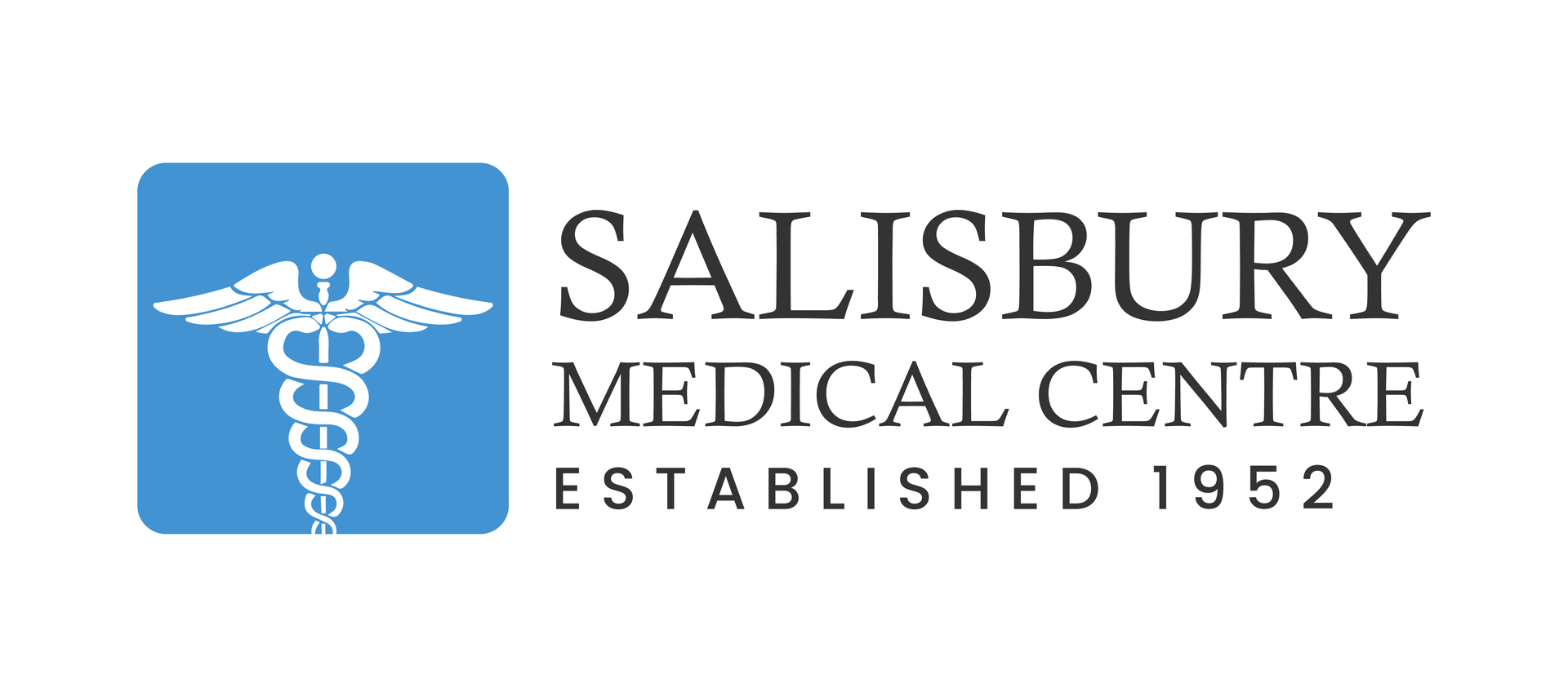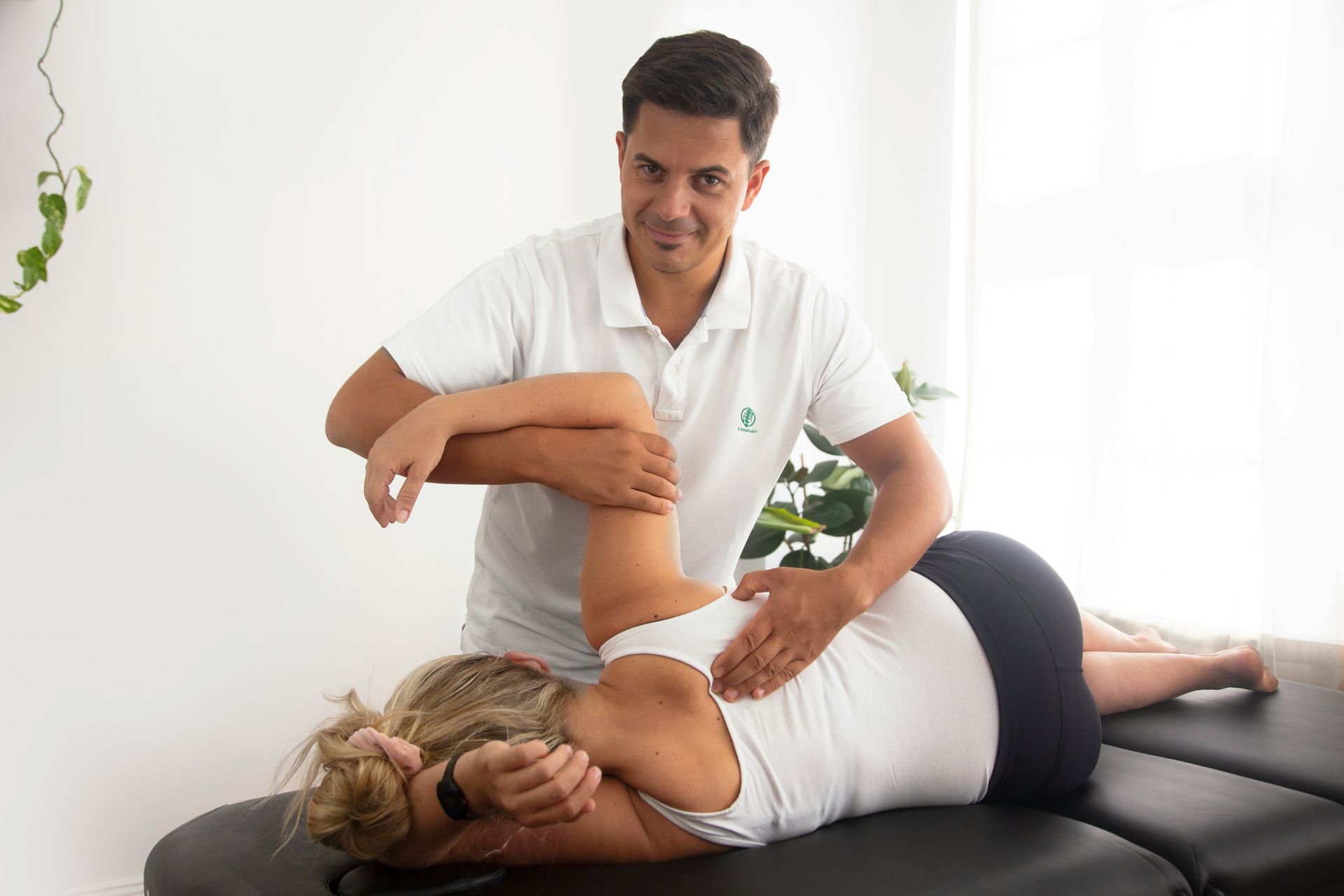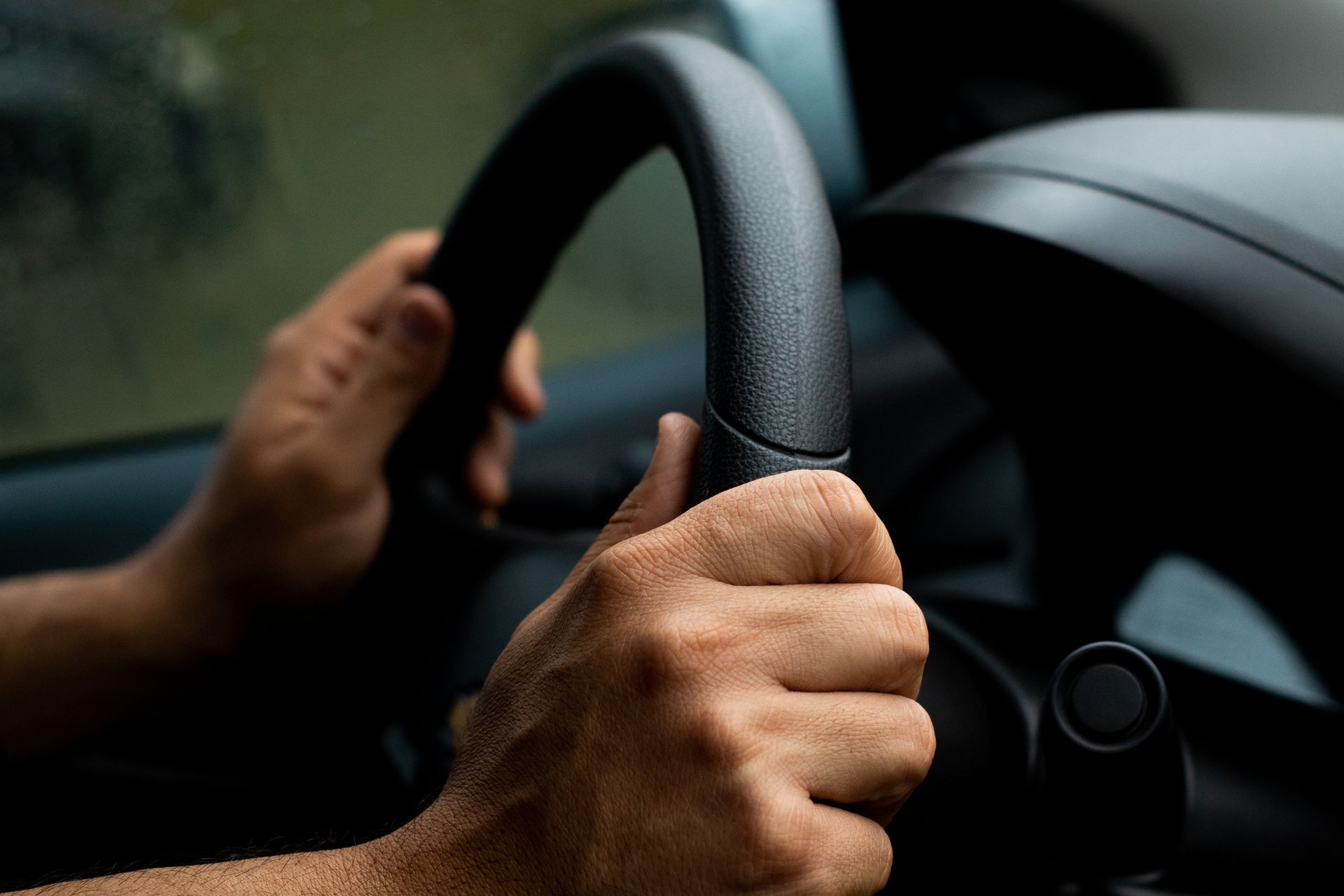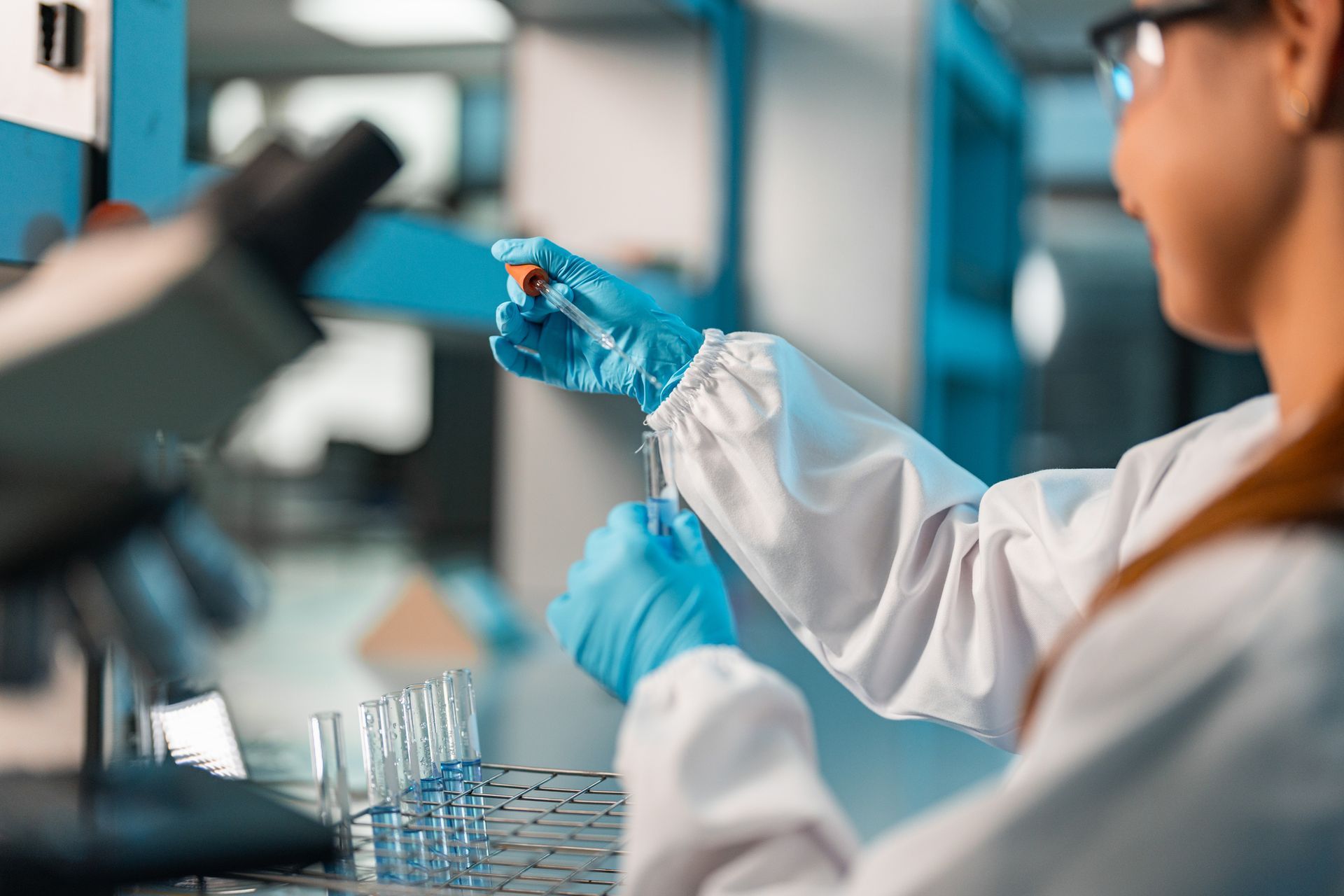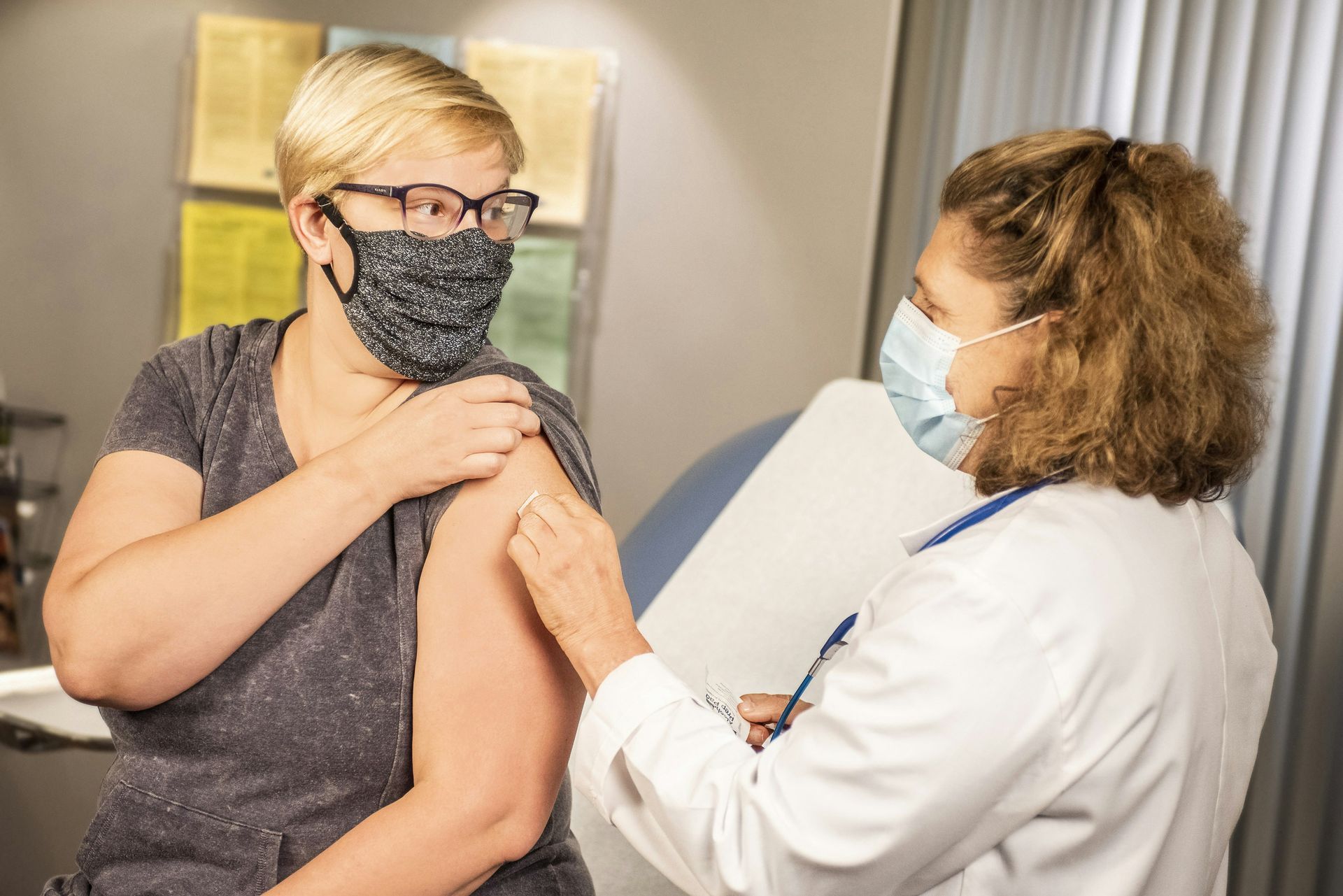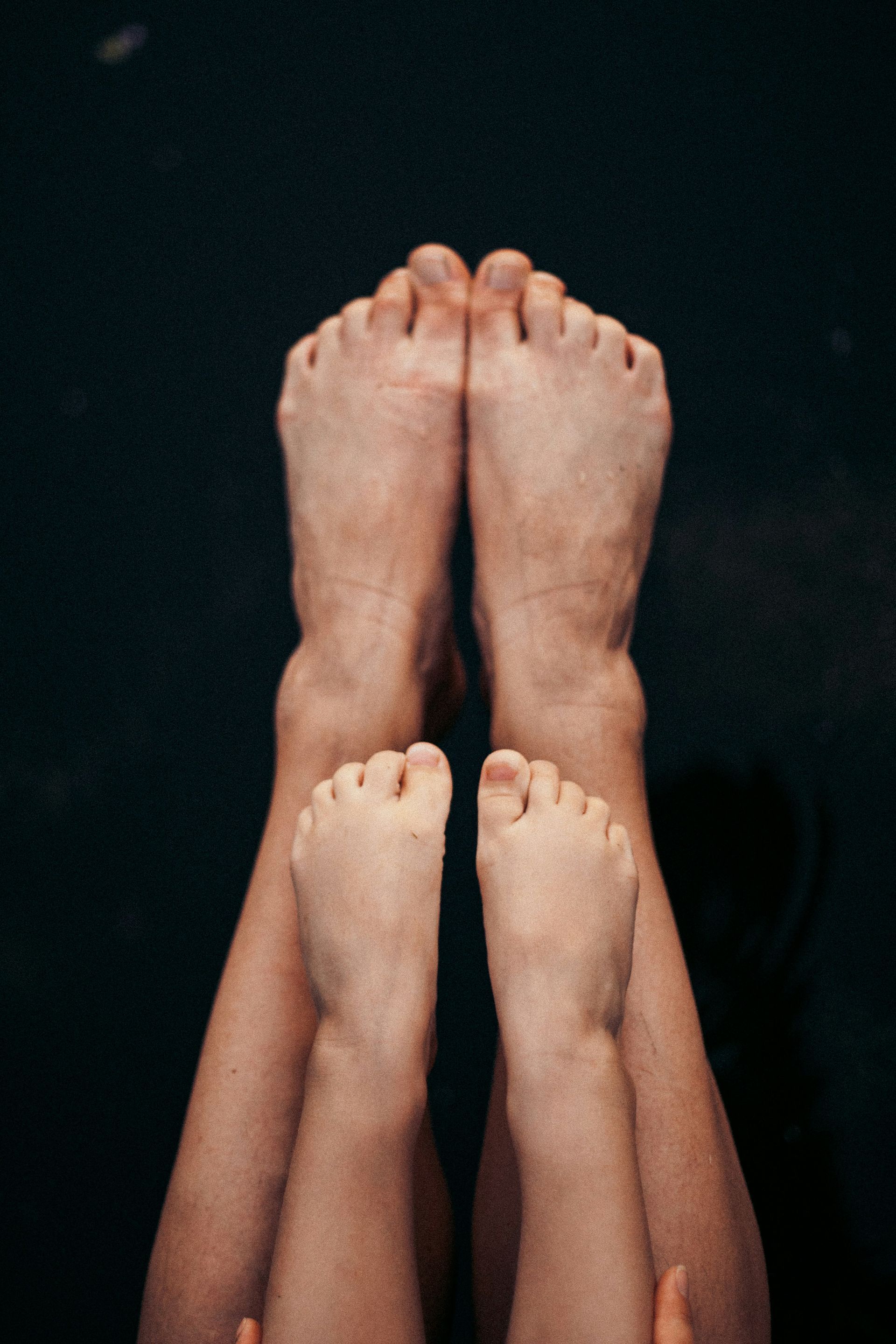Melanoma March is a reminder to all to have your skin checked
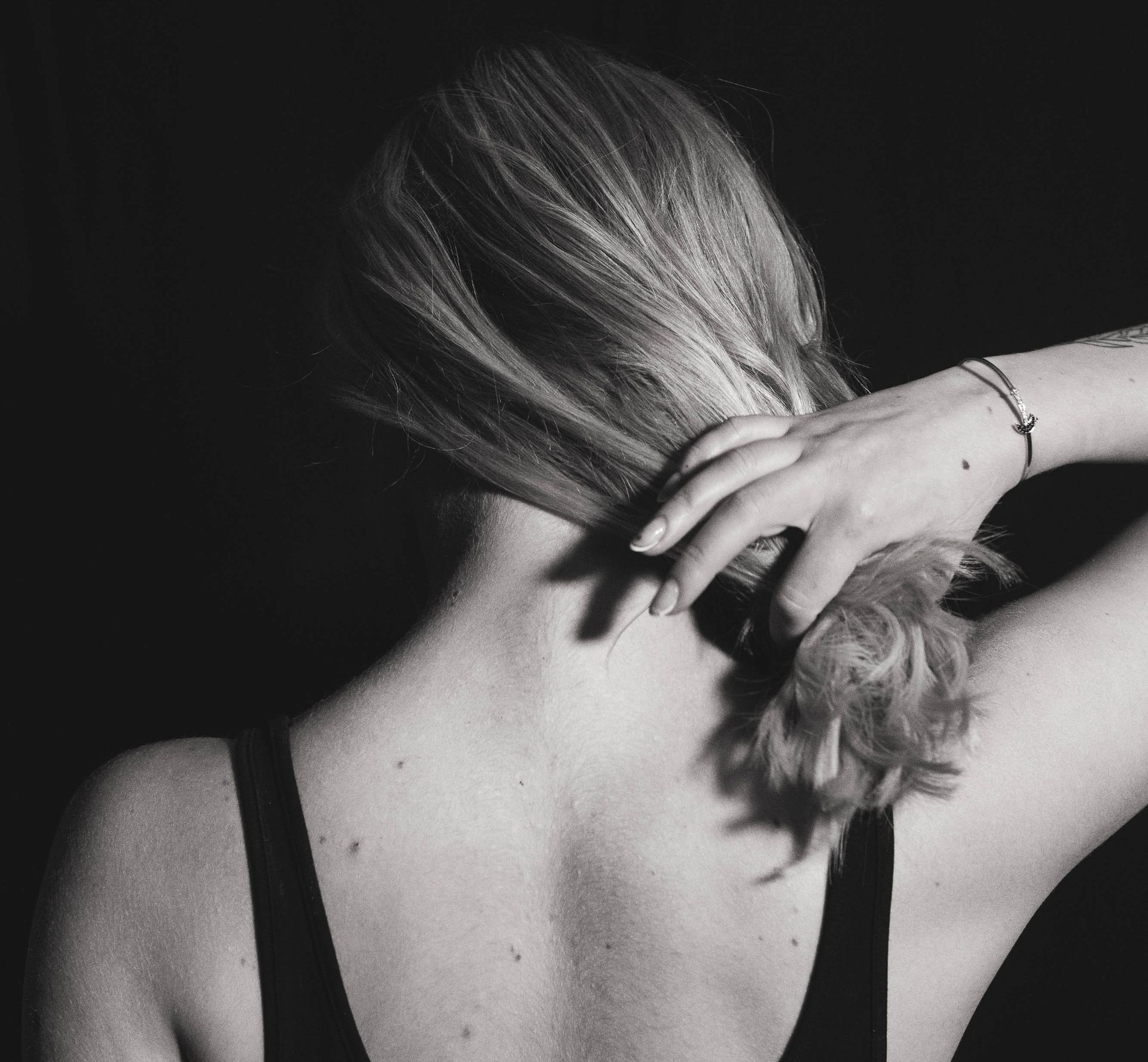
Early detection is vital
Skin cancer is a serious but preventable condition affecting many Australians – with sun protection and early detection, we can reduce the risks.
If caught early 90% of Melanomas can be cured with surgery
Our doctors can perform skin health checks
It is important to get a professional skin check by a GP or dermatologist if anything suspicious appears on your skin or if you are high risk. Talk to your doctor about if and how often you should be getting a regular professional skin check.
There are three main types of skin cancer: basal cell carcinoma (BCC); squamous cell carcinoma (SCC); and melanoma.
- BCC is the most common form of skin cancer. It rarely spreads to other parts of the body and typically develops on parts of the body that have been chronically exposed to the sun, such as the face.
- SCC is the second most common form of skin cancer and is most frequently seen on sun-exposed areas, such as the head, neck and back of the hands, but it is possible to get it on any part of the body, including the inside of the mouth, lips and genitals.
- Melanoma is rarer than BCC and SCC, but is more deadly. If not detected early, it can spread to other organs. Early diagnosis is associated with better outcomes.
How to prevent skin cancer
Overexposure to ultraviolet (UV) light causes 95% of melanomas. The Melanoma Institute of Australia advises that the best way to prevent melanoma is to protect your skin from the sun by following the 5 Sun Safe Rules:
Seek shade, especially in the hottest part of the day.
Wear sun-protective clothing that covers your back, shoulders, arms and legs.
Wear a broad-brimmed hat. A brim protects your ears and neck more than a cap.
Wear wrap-around sunglasses. Check the label to ensure they meet the Australian standard (Category 2, 3 or 4).
Apply a broad-spectrum sunscreen with an SPF of at least 50+ every 2 hours and after swimming or exercise.
The Melanoma Institute of Australia

